How Fast Are Star Trek Ships? Racing Them Against Light
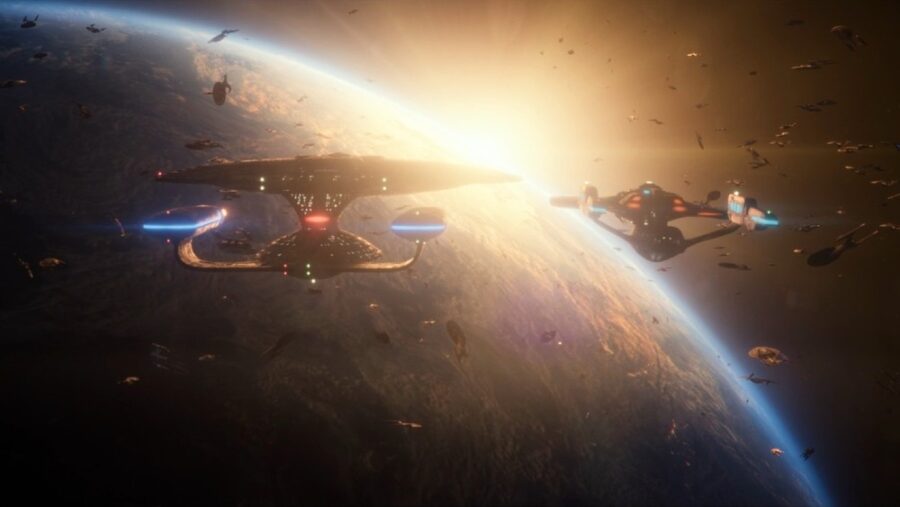
From the very beginning, warp drive has been a major part of Paramount’s Star Trek franchise for the simple reason that it explains how our characters can traverse the galaxy faster than the speed of light. Warp drive has changed a lot over the years, so we decided to see which ship would get from Earth to Jupiter quicker: the Enterprise NX-01 captained by Jonathan Archer, the Enterprise NCC-1701 captained by James T. Kirk, or the Enterprise 1701-D captained by Jean-Luc Picard. The answer is simple: Picard’s ship is the clear winner.
The Enterprise 1701-D
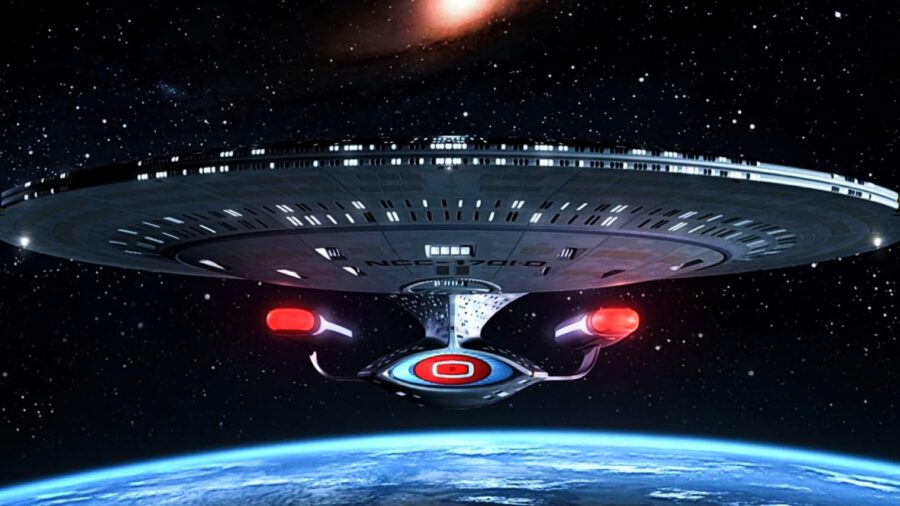
Of course, longtime Star Trek fans probably weren’t that surprised at the winner. Of the three ships, the Enterprise-D is the most advanced of them all, so it only makes sense for it to cover the distance that much quicker than the other vessels. However, because even veteran Trek fans have trouble (or should that be tribble?) making heads or tails of how warp speed works, we decided to do a deep, dilithium-filled dive into the subject.
The Warp Scale
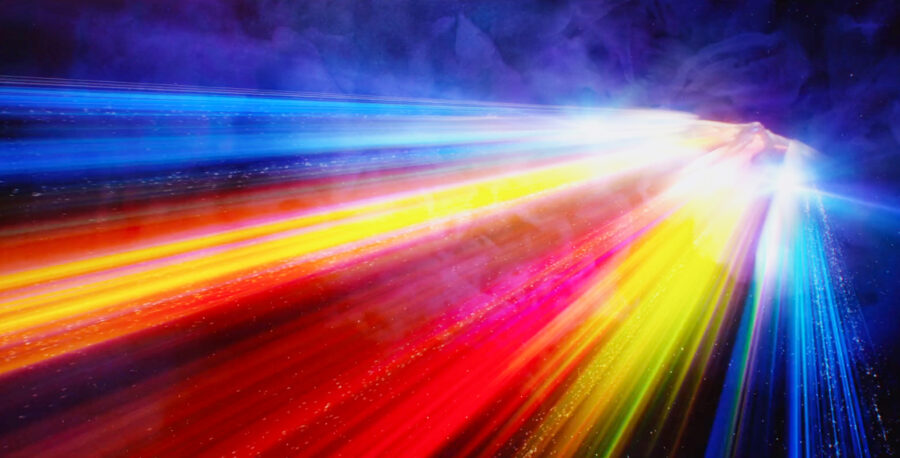
In Star Trek: The Original Series, the warp scale started with the speed of light, meaning that a ship traveling at “warp one” would be traveling at the exact speed of light. This is relatively slow: ships traveling this speed would require more than 15 minutes just to travel from Earth to Jupiter. And if it were traveling a bit farther–say, from Earth to nearby Alpha Centauri–it would take the ship 4.3 years to arrive.
Kirk’s Enterprise Reached Warp 8
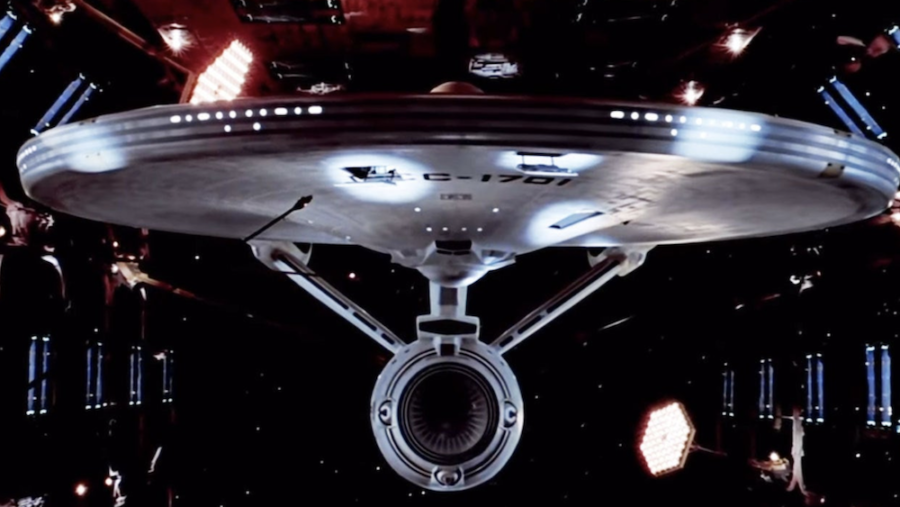
Fortunately, Kirk’s Enterprise could go much faster than that: in Star Trek: The Original Series, the maximum speed was warp eight, and at that speed, it would take 3.09 days to travel from Earth to Alpha Centauri in a ship. Why, then, didn’t Kirk always travel at maximum warp? Back in his day, warping around would permanently decrystallize the dilithium crystals that powered the warp drive, and this required ships to be a bit more conservative with resources while traveling the galaxy.
Recrystallizing Dilithium
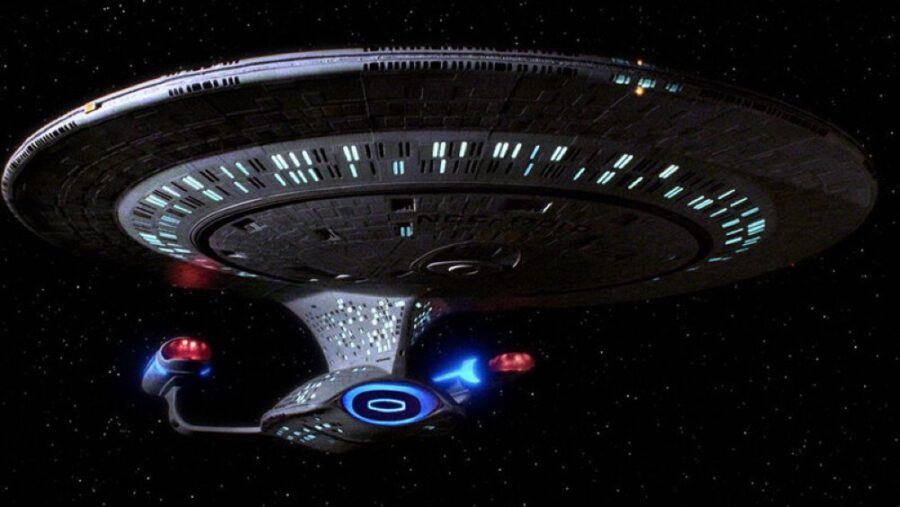
By the time Captain Picard was commanding the Enterprise-D in Star Trek: The Next Generation, he had it a bit easier because dilithium could now be recrystallized, allowing ships to effectively reuse the crystals for travel. Theoretically, this meant that modern Starfleet ships could travel very fast most of the time, but in the TNG episode “Force of Nature,” we are introduced to the idea that high-speed warp travel can actually damage subspace.
The Federation decrees that vessels can’t travel faster than warp 5 except in extreme emergencies, though most later series and films have ignored this “speed limit” altogether.
The Modern Warp Scale And Warp 10
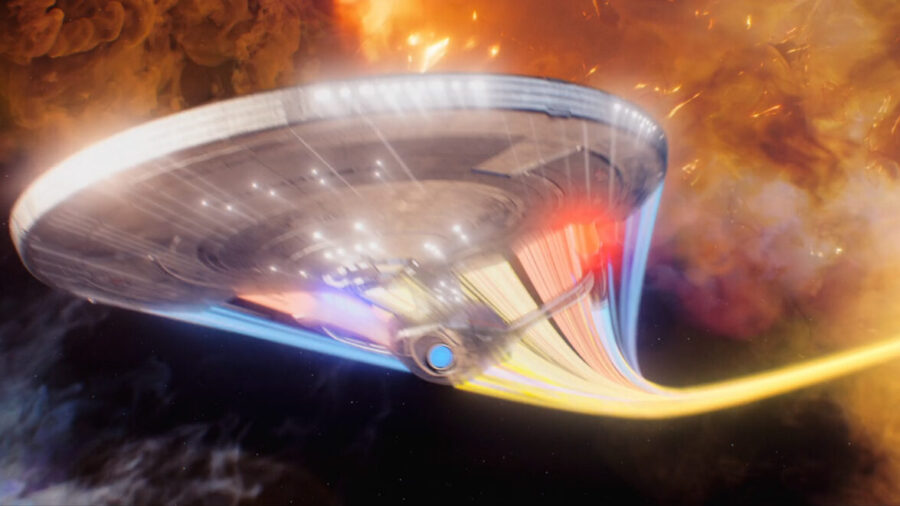
Another change in Picard’s era involved the warp scale itself: to account for faster warp drives (the Enterprise-D could now travel from Earth to Alpha Centauri in 37 hours), the warp scale was reconfigured, which resulted in warp 10 being the new maximum speed.
In Star Trek, warp 10 is meant to be infinite speed and impossible for ships to reach, though in “Threshold,” Tom Paris once reached that speed using a tricked-out shuttle powered by a transwarp drive and exotic new dilithium crystals; however, the Voyager crew never tried this again because it caused a “hyperevolution” effect that transformed Paris and Captain Janeway into lizards (no, really).
As you can tell, many of the specifics of warp travel in Star Trek are so weird that only Scotty can figure them out, and we’re pretty sure having to keep the warp core running is why he took up drinking. Still, we hope this guide has helped you learn more about just how fast all of the ships in Star Trek are and what keeps them flying. If nothing else, you now know the cardinal rule that Captain Janeway and the Voyager crew learned about traveling faster than the speed of light: never go full lizard.













